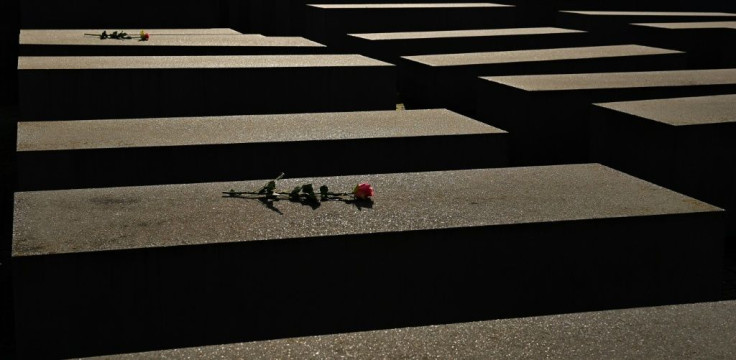International Holocaust Remembrance Day: 5 Memorials People Can Visit
Holocaust, the "systematic, state-sponsored persecution and murder" of 6 million European Jews by Nazi Germany, is one of the darkest episodes of human history.
To pay tribute to the millions of people across Europe who were annihilated by Nazis and to remember the survivors, the United Nations (UN) General Assembly designated Jan. 27 as International Holocaust Remembrance Day. The date falls on the anniversary of the liberation of Auschwitz-Birkenau.
The UN also observes the day to reaffirm its unwavering commitment to counter antisemitism, racism and other forms of intolerance that may lead to group-targeted violence.
In alignment with the UN's mission to develop educational programs that aim to prevent future genocides, here are five memorials people can visit to remember Holocaust victims and learn more about this part of history.
1- Auschwitz Memorial, Poland
Auschwitz was the largest German Nazi concentration camp, and more than 1.1 million men, women and children lost their lives there. The Auschwitz museum was created in 1947. It is made up of the former camp's two parts — Auschwitz and Birkenau — and is composed of nearly 200 acres of land, 155 buildings and 300 ruins, including the ruins of gas chambers and the crematoria. More than 100,000 personal possessions of the murdered, archival documents, prisoner works of art and other items are displayed there.
2- Anne Frank's House, Netherlands
The Anne Frank House is a writer's house and biographical museum dedicated to Jewish wartime diarist Anne Frank. For more than two years, Frank and her family lived in the annex of the building at Prinsengracht 263 in Amsterdam, Netherlands. The house now has exhibits, including quotations from the diary, historical documents, photographs, film images and original objects that belonged to those in hiding.
3- Plzen Holocaust Memorial, Czech Republic
The modest Holocaust memorial in Plzen, a city in the western Czech Republic, was inaugurated in 2002. It is the result of the collaborative work of a local teacher, students, Jewish community members and Holocaust survivors. Opened on the 60th anniversary of the deportation of Plzen's (Pilsen) Jewish community to Terezin, the memorial is situated on the site of a former Jewish school at the Old Synagogue. It has 2,600 pebblestones bearing the names of Jewish residents who died during World War II.
4- Holocaust Memorial, Germany
The Holocaust Memorial, consisting of an undulating field of 2,711 concrete steles, was opened in May 2005. It is made up of a vast dark granite maze. Beneath it is the Information Centre, which details the crimes of the Nazi era in themed rooms.
5- Warsaw Ghetto, Poland
The Governor of the Warsaw District in the occupied General Government of Poland established the Warsaw Ghetto in 1940 to forcibly house the city's Jewish population. As many as 400,000 people were confined here from October 1940. Though little remains of the building, the fragments of the original ghetto wall and several memorials, including the Mila 18 monument where the uprising headquarters were located, are still there. There is also an inscription where insurgent leader Mordechai Anielewicz and the last of the uprising fighters perished.

© Copyright IBTimes 2025. All rights reserved.





















